Ahhh the poor folk of Canberra in Australia…. apparently you are experiencing the highest rates of Hay Fever in the whole country right now, I don’t know whether to laugh or cry at that news.
I’d be curious to know if there is a particular species of tree causing the wide spread problem or whether there is something else at play such as gut irritants.
Assoc. Prof. Suphioglu from Deakin University draws a link between food and pollen allergies in cities such as Melbourne with overly ‘sanitised and protective’ environments.
“There is research highlighting that children who grow in contact with farm animals are less likely to develop allergies. The diversity of micro-biomes in the gut has been implicated in immune tolerance and therefore less allergies. We must allow the developing immune system to build its repertoire of allergen recognition and memory.”
I totally agree though how many of us actually have access to farm animals – on the other hand we can definitely do something about the antibacterial obsession. I used to be a chronic seasonal allergy sufferer up until about 8 years ago. A complete overhaul of my gut health focusing on rebalancing and restoration together with an anti-inflammatory diet saw my symptoms completely disappear!
Last year I experienced a flareup of seasonal allergies despite all my gut health work. As it turns out, this was largely due to consuming too many high histamine foods. Simply eliminating them for a period of two weeks again, saw my hay fever completely resolve. I cover the problem of dietary histamine in my video below.
My dad was in the same boat, horrid hayfever every single Spring and he relied heavily on antihistamine medication to see him through. His wonder trick to resolve the sniffling, itching and wheezing was to take doTerra’s Terrazyme three times daily in the lead up to Spring and all throughout. Seriously. I cover this in-depth in my video below.
Digestive enzymes degrade histamine and inhibit further release in the body. Particularly Papain, Protease and Saccharomyces which are included in Terrazyme. When enzymes are taken with food or on a full stomach they will get to work digesting food. However if we take them on an empty stomach, they help break down other proteins and irritants in the body that may be causing inflammation and the release of histamine.
Those dealing with Leaky Gut, Candida or any kind of gut dysbiosis generally have higher levels of allergies as do those taking Non-Steroidal Anti-Inflammatory Drugs (NSAIDs) so definitely keep that in mind.
Caring for your gut is the #1 thing you can do to combat allergies for good.
Over the counter antihistamines have a barrage of side effects including, rather counterproductively, depleting the production of our key digestive enzyme DAO (Diamine Oxidase) that allows our body to break down histamine. Insufficient DAO enzyme levels can cause histamine levels to rise in the body. If this goes on long enough, it can cause histamine sensitivity, chronic inflammation or mast cell activation syndrome.
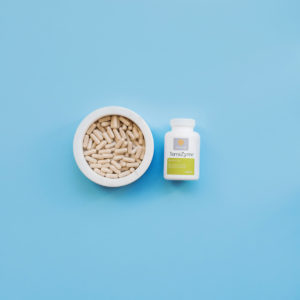
Let’s take a look at some natural alternatives to combat the Seasonal Threats shall we?
Start with laying the foundation for your body to deal with histamine effectively, encourage proper mast cell activity (responsible for releasing histamine) and promoting a healthy cellular inflammatory response.
doTerra’s Terrazyme + Lifelong Vitality Supplements are your non-negotiables.
Lifelong Vitality contains some awesome ingredients that have important roles in controlling histamine release in the body. Bromelain, Ginger, Quercetin, Pine Bark Extract, Acetyl L-Carnitine and many others are all key to blocking and degrading excess histamine in the body. Omega 3 and 6 fatty acids also suppress allergy activation of mast cells and modulate inflammatory activity. Get On Them.
Ditch the gluten, wheat, dairy and refined sugar in conjunction with taking your LLV and Terrazyme. Seriously you will feel SO much better for it and you may well find that just taking action on these three things will dramatically reduce your allergy symptoms.
Oils wise gosh we have a HEAP of choices to experiment with. Here’s a run down of those displaying anti allergenic, histamine modulating properties –
Inhaling Sandalwood, Geranium, and Ravensara for 5 minutes twice daily for 7 days showed significant improvement in Total Nasal Symptom Scores (TNSS) in this one study, especially in nasal obstruction and feelings of fatigue.
Roman Chamomile relaxes and relieves sinus pressure. Working with Roman Chamomile before Spring hits may boost your immune response and reduce your sensitivity. One study found chamomile very effective in easing inflammation in the throat and respiratory passages whilst inhibiting histamine release.
Manuka has been shown to reduce the release of histamine simply through inhalation and ease cellular inflammation.
Blue Tansy is another excellent oil for all things allergy symptom relief. Blue Tansy is a natural antihistamine with anti-allergic properties and research shows her to be especially effective for opening up the airways and soothing irritated internal tissues. Blending with Lemongrass will enhance this effect.
Interestingly in one study, Lemongrass was found to have the strongest anti-allergic and anti-inflammatory effect out of 20 oils tested. The constituents believed responsible for these outcomes are citral and geranial but let us not forget about the entourage effect of all those other compounds that make Lemongrass it’s whole.
Another study found that Roman Chamomile, lemongrass and Sandalwood produced a 40% inhibition of mast cell activity which is key in histamine production. Again, Lemongrass was found to have the strongest effect.
Geranium has also demonstrated strong mast cell stabilising properties thanks to it’s high levels of Citronellol. Research has found it effective in inhibiting the release of histamine in the body and providing solid anti allergenic qualities.
Cannabinoid receptor agonists (Copaiba and Turmeric are agonists) were found to suppress mast cell release of histamine.
Fennel, Peppermint, Thyme and Lavender also have demonstrated awesome mast cell–stabilising, anti allergenic properties. All in all, we really do have some amazing options at hand that extend well past the tried and true combination of Lavender, Peppermint and Lemon.
A couple of suggestions for you to try would be…..
– A roller blend of Lemongrass, Geranium and Copaiba and Blue Tansy applied in the lead up to Spring and all throughout.
– Taking a drop of Copaiba, Lemongrass and Turmeric in a veggie capsule or under the tongue.
– Diffusing any of the above essential oils daily.
– Using the tried and tested combination of Peppermint, Lavender and Lemon in a glass of water and swished around the mouth.
🌸 I hope that helps someone in need and it goes without saying that if you aren’t a member with doTerra and want to give what I’ve mentioned a try, please do reach out to me and let’s get you some help.
x Bec

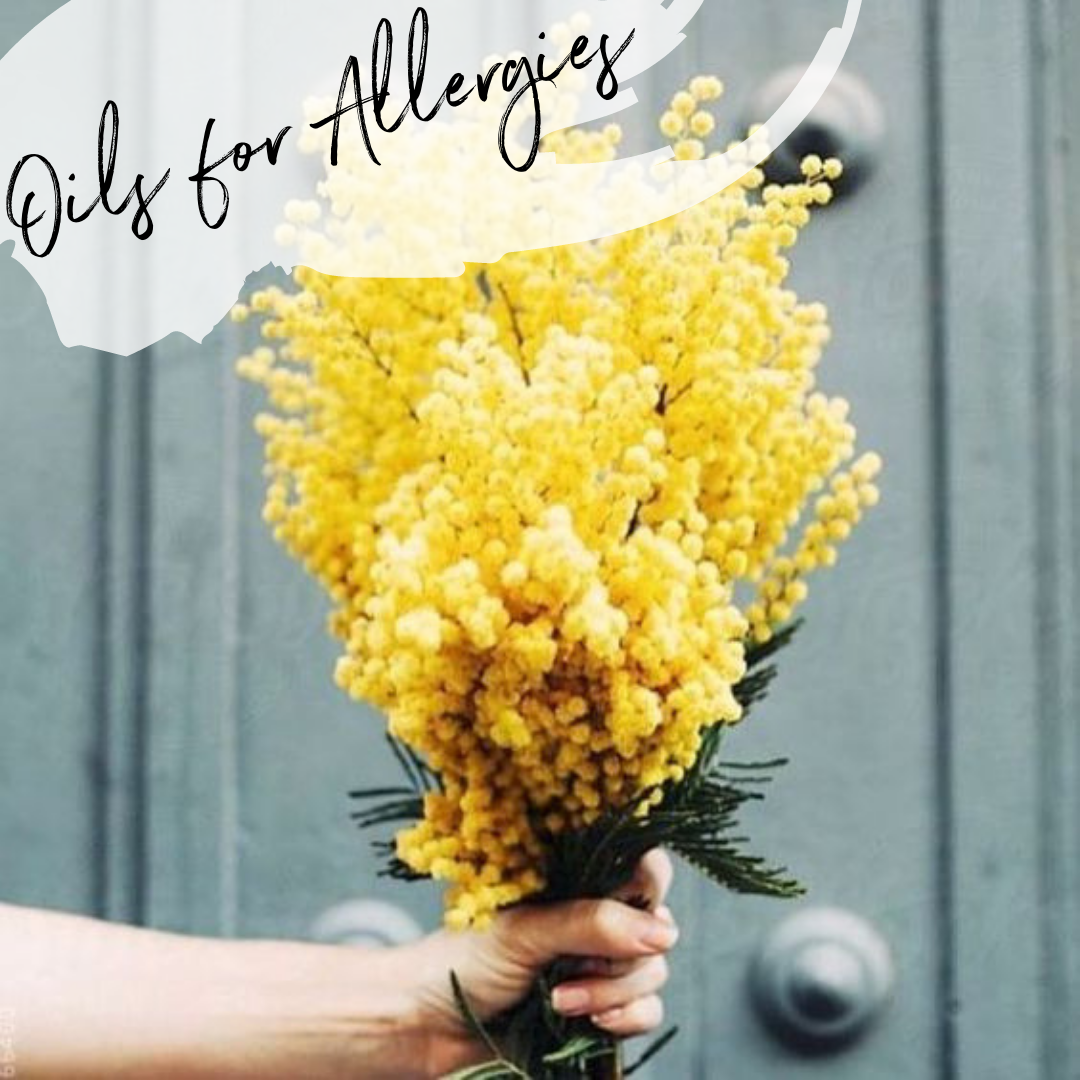
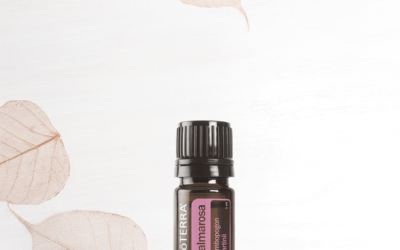
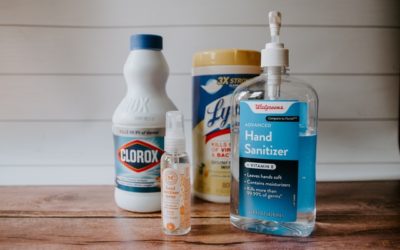
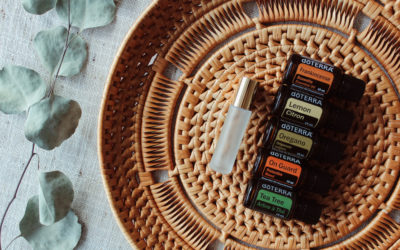

0 Comments